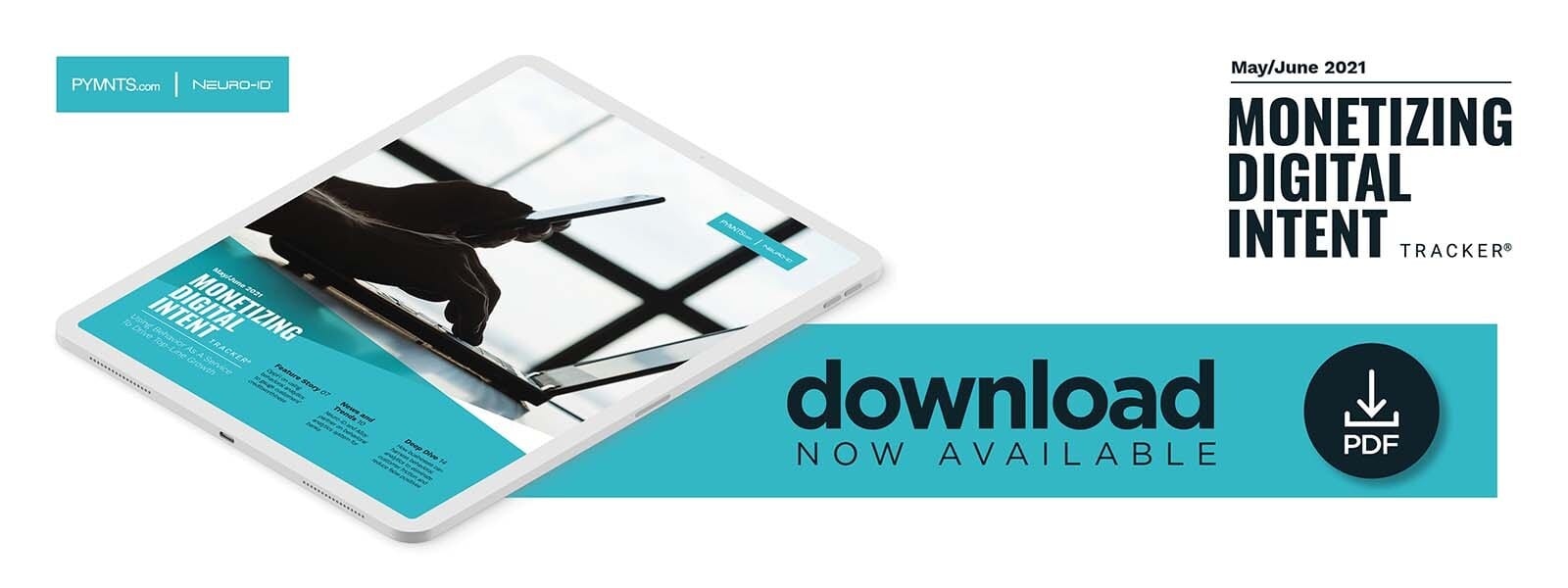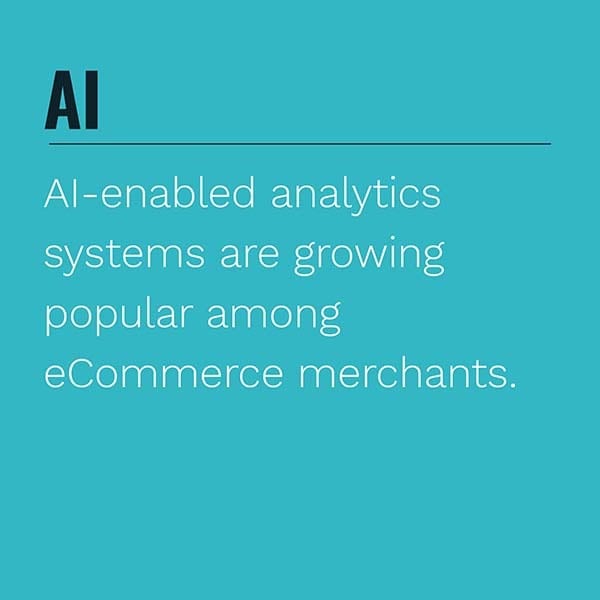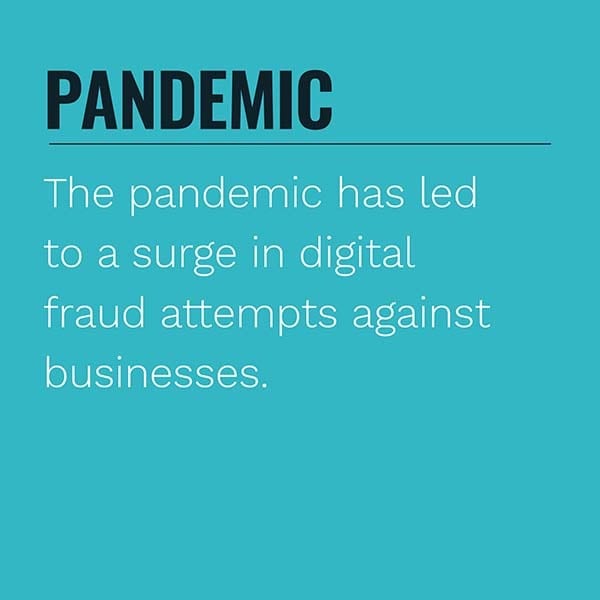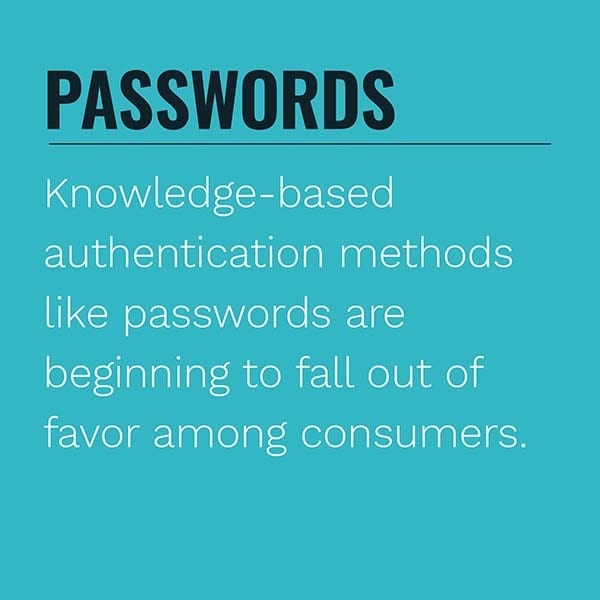OppFi CEO Says Behavioral Analytics Unearth Credit Gems Other Methods Miss

 Fraud hit record highs over the past year amid unprecedented digital engagement, with each online interaction giving bad actors an opportunity to impersonate legitimate customers and access their personal funds or valuable data. The Federal Trade Commission (FTC) received more than 2.2 million reports of attempted fraud last year, representing losses that totaled $3.3 billion.
Fraud hit record highs over the past year amid unprecedented digital engagement, with each online interaction giving bad actors an opportunity to impersonate legitimate customers and access their personal funds or valuable data. The Federal Trade Commission (FTC) received more than 2.2 million reports of attempted fraud last year, representing losses that totaled $3.3 billion.
Businesses are scrambling for robust customer authentication methods, and behavio ral analytics tools are emerging as some of the most promising options. These systems are proficient at not only stopping fraud attempts but also operating completely behind the scenes, as they examine only information that customers are already required to enter. They can also substantially reduce false positives, a key concern for anti-fraud teams — especially as one-third of consumers would switch businesses after a single negative experience such as a false fraud accusation.
ral analytics tools are emerging as some of the most promising options. These systems are proficient at not only stopping fraud attempts but also operating completely behind the scenes, as they examine only information that customers are already required to enter. They can also substantially reduce false positives, a key concern for anti-fraud teams — especially as one-third of consumers would switch businesses after a single negative experience such as a false fraud accusation.
The May/June Monetizing Digital Intent Tracker®: Using Behavior As A Service To Drive Top-Line Growth explores the latest in the world of behavioral analytics, including these systems’ applications when it comes to fraud prevention, how they work to reduce false positives and how FinTechs are leveraging them in their loan application processes.
Developments From The Behavioral Analytics World
Cons umers’ increased reliance on digital channels has resulted in a sharp rise in fraud over the past year. Experts attribute the increase to various causes, with 79 percent of United Kingdom banks saying that remote work models have had a major impact on their fraud-fighting strategies’ effectiveness and 49 percent stating that it was difficult to manage multiple fraud prevention systems simultaneously. Some businesses are attempting to mitigate the threat using comprehensive systems that simplify fraud prevention workflows, with some of these systems leveraging behavioral analytics to catch fraud and money laundering.
umers’ increased reliance on digital channels has resulted in a sharp rise in fraud over the past year. Experts attribute the increase to various causes, with 79 percent of United Kingdom banks saying that remote work models have had a major impact on their fraud-fighting strategies’ effectiveness and 49 percent stating that it was difficult to manage multiple fraud prevention systems simultaneously. Some businesses are attempting to mitigate the threat using comprehensive systems that simplify fraud prevention workflows, with some of these systems leveraging behavioral analytics to catch fraud and money laundering.
Authentication methods are also changing fast, with customers beginning to eschew passwords due to their inconvenience and vulnerability to credential stuffing. A recent survey found that consumers worldwide failed to rank passwords among their top three most secure authentication methods for the first time in four years. They instead listed biometrics, PIN codes sent to their mobile devices and behavioral analytics as their preferred options. The latter method has become favored among consumers partially because of their trepidations surrounding data privacy, as behavioral analytics systems harvest no data and instead evaluate surface-level customer behaviors and interactions.
Behavior-as-a-service provider Neuro-ID and identity decisioning platform Alloy recent ly partnered on one such behavioral analytics system, rolling out a fraud detection platform for banks and other financial institutions (FIs). The system analyzes several variables to determine prospective customers’ intentions and assesses the probability that they are bad actors, scrutinizing details such as their typing speed and propensity for misspelling crucial information like their names. The solution is also low-profile, enabling it to avoid creating undue customer friction by relying on information customers are already required to enter rather than piling on authentication fields for security codes or questions.
ly partnered on one such behavioral analytics system, rolling out a fraud detection platform for banks and other financial institutions (FIs). The system analyzes several variables to determine prospective customers’ intentions and assesses the probability that they are bad actors, scrutinizing details such as their typing speed and propensity for misspelling crucial information like their names. The solution is also low-profile, enabling it to avoid creating undue customer friction by relying on information customers are already required to enter rather than piling on authentication fields for security codes or questions.
For more on these and other behavioral analytics news items, download this month’s Tracker.
OppFi On Harnessing The Power Of Behavioral Analytics During The Loan Application Process
Applying for loans can be complicated for individuals with low credit scores or incomes, as traditional loan offerings focus almost exclusively on credit scores. Behavioral analytics have the potential to process these consumers’ applications safely and quickly without locking out those who are otherwise financially sound, however. In this month’s Feature Story, PYMNTS spoke with Jared Kaplan, CEO of OppFi, about how the FinTech uses behavioral analytics to examine customers’ data entry methods and determine their legitimacy and credit risk. Check out highlights from the interview below.
Deep Dive: How Behavioral Analytics Can Cut False Positives While Keeping Customer Authentication Smooth
Customer onboarding is a perilous balancing act for banks and businesses, which are tasked with juggling security and seamlessness. Customer friction can have disastrous consequences if it results in abandonment or, worse yet, if customers are mistakenly identified as fraudsters. This month’s Deep Dive examines how behavioral analytics can help businesses better balance digital security and customer convenience.
About The Tracker
The Monetizing Digital Intent Tracker®: Using Behavior As A Service To Drive Top-Line Growth, a PYMNTS and Neuro-ID collaboration, is the go-to monthly resource for updates on trends and changes in behavioral analytics.
